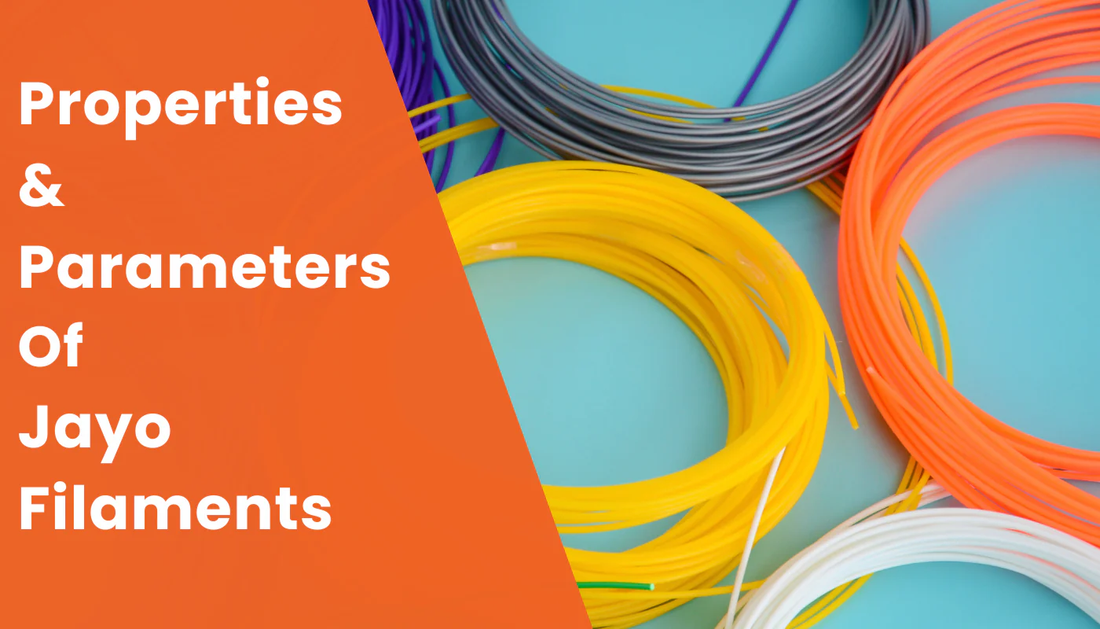
Properties & Parameters Of Jayo Filaments
Share
We recently sent samples of all our current filaments to an independent lab for extensive performance testing. We're excited to share some new data on the materials we use in our 3D printing filaments.
The comprehensive lab reports we are sharing provide detailed technical data on key properties and performance of our materials, including:
- - Chemical resistance - See how our filaments hold up when exposed to common solvents, acids, bases, and other chemicals.
- - Thermal properties - Find melt/glass transition temperatures, heat deflection temperatures, and other metrics on how our materials respond to heat.
- - Electrical properties - Learn about volume resistivity, dielectric constant.
- - Physical properties - Explore density and melt flow rate.
- - Flame retardancy
- - Mechanical properties - Review tensile strength, elongation at break, impact resistance, and other mechanical specs.
- - Recommended printing parameters - Get suggested settings for temperature, print speed, retraction, and more to optimize your print results.
The data covers our full range of 3D printing materials so you can select the right filament for your specific application and performance needs.
For most people, mechanical performance is the key concern.
- -Tensile strength - This measures the maximum stress a material can withstand before failing or breaking.
- -Young's modulus - Also called elastic modulus, this evaluates stiffness and resistance to deformation. The higher the number, the stiffer the material.
- -Elongation at break - This percentage represents how much a material can stretch before breaking. Higher numbers mean more flexibility and elasticity.
- -Flexural strength - This determines how much force is required to bend a material to its breaking point.
- -Flexural modulus - Similar to tensile modulus, this measures rigidity and resistance to bending.
Possible Questions
If you are a loyal customer of jayo or have paid attention to the performance data of jayo's materials, you may wonder why there is a large difference between the old and new versions of some data. For example, the elongation at break of PLA+ was previously claimed to be 45%, but in the latest data it is only 3.6%.
Is the previous data false? In fact, it is the different test standards and test objects that cause the inconsistency of the final test data. For example, our test object was wire before, but now we use the ASTM D638 test method for testing, and the test object is a printed dumbbell-shaped sample.

